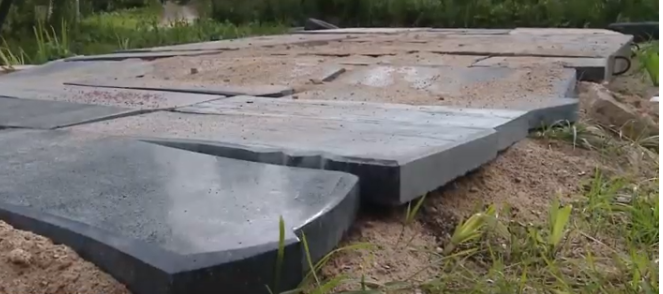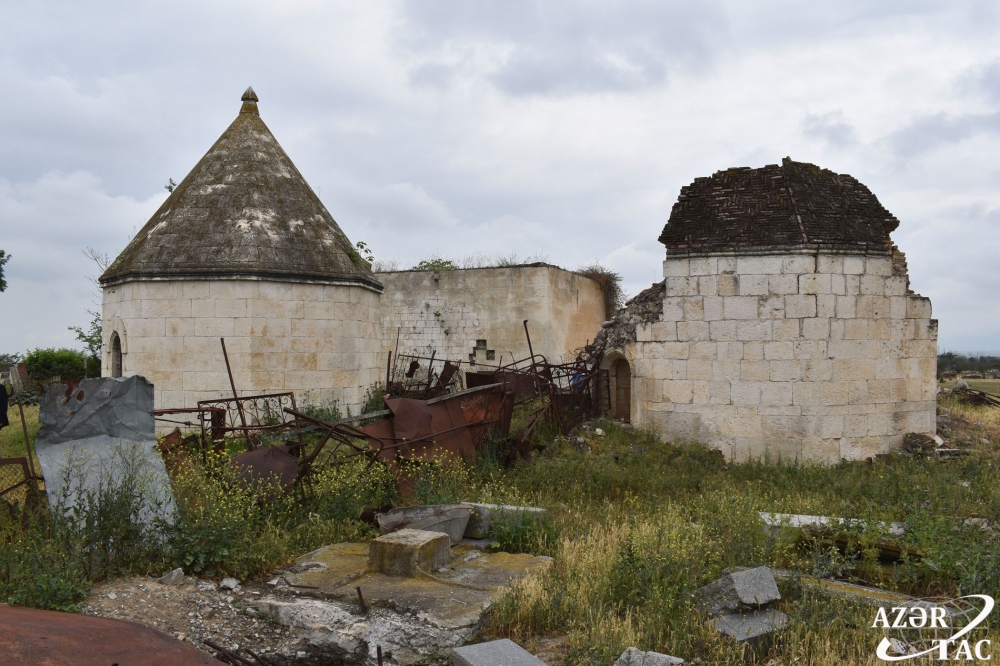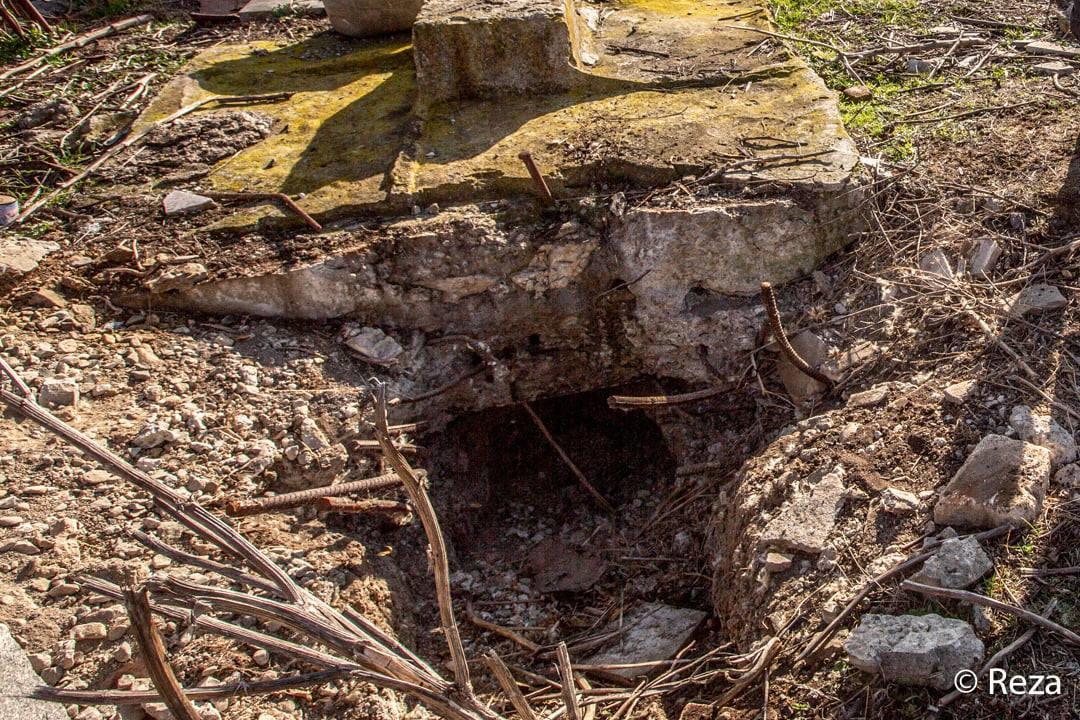
Recently, the US Commission on International Religious Freedom (USCIRF) published its annual report for 2021. Among the countries included in the State Department’s Special Watch List, along with Afghanistan and Nicaragua, was Azerbaijan.
“In September 2020, armed conflict broke out between Armenia and Azerbaijan in connection with the long-running dispute over Nagorno-Karabakh and the surrounding territories. On two separate occasions in October, Azerbaijani forces reportedly shelled with precision-guided missiles the Ghazanchetsots Cathedral in Shusha, resulting in significant damage to some parts of the structure, including the roof. Human Rights Watch determined the attacks were likely deliberate and would therefore constitute a war crime that should be investigated and prosecuted,” reads the report.
“Over the course of the fighting and in the immediate aftermath of the November ceasefire, numerous local and international observers raised concerns about safeguarding religious and other cultural sites, specifically underscoring the need to protect the various Armenian churches, monasteries, and cemeteries lost or subsequently ceded to Azerbaijani control. By the end of the reporting period, there was evidence that some of these sites - such as the cemetery of an Armenian church in Hadrut - had already been vandalized,” the USCIRF added in its report.

USCIRF is an independent, bipartisan US federal government commission created by the 1998 International Religious Freedom Act (IRFA) that monitors the universal right to freedom of religion or belief abroad. USCIRF uses international standards to monitor religious freedom violations globally, and makes policy recommendations to the President, the Secretary of State, and Congress.
Later, journalist Lindsey Snell tweeted that “Azerbaijan says a recent USCIRF report highlighting Azerbaijani troops’ destruction of Armenian cemeteries (acts that the perpetrators proudly filmed and then posted on social media) is biased and ‘pro-Armenian’,” adding some photos to her tweet.

Faktyoxla Lab. has tried to figure out if the USCIRF report can really be considered objective.
To begin with, this report is written by USCIRF employee Danielle Saroyan Ashbahian.

Last November, she was appointed as Armenian Assembly of America Communications Director.


As it becomes known from open sources, Danielle has managed the Communications Department since May 2016, handling all print and digital communications while also organizing community events. Danielle is an alumna of the Assembly’s Summer Internship Program in Armenia, where she interned for the United Nations Department of Public Information in 2014.

Firstly, the fact that the compiler of the report belongs to this organization (the Armenian Assembly of America) and its activities in it already cast doubt on the objectivity of this report.
Secondly, if the report concerns Azerbaijan in general, and its internationally recognized and integral part of the Karabakh region in particular, then the question arises, is everything reflected in the report?
The State Committee of the Republic of Azerbaijan for the Work with Religious Organizations has already issued a statement regarding the Azerbaijan-related part of the USCIRF report.
On the other hand, this is not the first accusation of Azerbaijan in the destruction of Armenian religious sites and other religious monuments. In May this year, the Armenian media wrote that Azerbaijanis use tombstones as building materials for the construction of various roads. In particular, it was reported that Armenian tombstones are widely used for the construction of the Hadrut-Shusha road. The Armenian side claimed that Hadrut was vandalized, in particular, Armenian cemeteries were destroyed.
In particular, the telegram channel ‘ProArmenian’ posted a message, initially accompanying it with a chilling photo of the road being laid with tombstones.

But it turned out that the photo refers to the events that happened two years ago in Russia’s Smolensk city, after which the face of the Armenian separatist Babayan appeared instead of this photo.
The trip of Russian journalists in May this year to the liberated Hadrut also testified to something completely different. “In the settlement, where no one lives anymore, everything has remained untouched since the end of the war. The Azerbaijani servicemen only cleared the roads for the passage of equipment and are carrying out demining of the surrounding area. The 10th century Armenian church Spitak Khach also remained intact. The Azerbaijani Foreign Ministry assured Izvestia newspaper that the historical and cultural heritage of the regions that came under Azerbaijan’s control will be preserved and restored,” the Izvestia correspondent wrote.
Meanwhile, Azerbaijan has evidence of blasphemy and vandalism of the Armenian occupiers in relation to the Azerbaijani cemeteries that remained in the occupied territories. Thus, Azerbaijani soldiers in the liberated Pichenis village of the Lachin district discovered a staircase leading to a residential building, built by Armenians from the stone slabs of Azerbaijani graves.
The full picture of destruction and vandalism became clear only after the liberation of the historical Azerbaijani lands from occupation. The settlements in the liberated Fuzuli, Jabrayil, Zangilan, Gubadli and Aghdam districts of Azerbaijan were completely destroyed and today resemble ‘ghost towns.’ The cemeteries in these areas shared the same fate. The gravestones were desecrated by the Armenians, and some of the gravestones were taken to Armenia. The Azerbaijanis, who returned to their native lands, visited the graves of relatives and friends and found that most of the gravestones were missing. Russian MPs, experts and reporters who visited liberated Aghdam district witnessed an act of Armenian vandalism at the Imaret cemetery.


The Armenians not only destroyed the grave of the daughter of the Karabakh khan Khurshidbanu Natavan, but also took the remains of the poetess abroad. None of those who committed such acts were convicted either morally, administratively or criminally.

In contrast, after the end of the war, Azerbaijani servicemen were detained in Azerbaijan, suspected of destroying stone slabs on Armenian graves in a cemetery in the Khojavend district, and who were filming acts of vandalism and distributing videos on social networks.
Thus, it is safe to conclude that the Armenian side itself was engaged in vandalism in relation to graves and cemeteries in the territories occupied by Armenia, and the aforementioned USCIRF report is in fact biased and pro-Armenian.




















